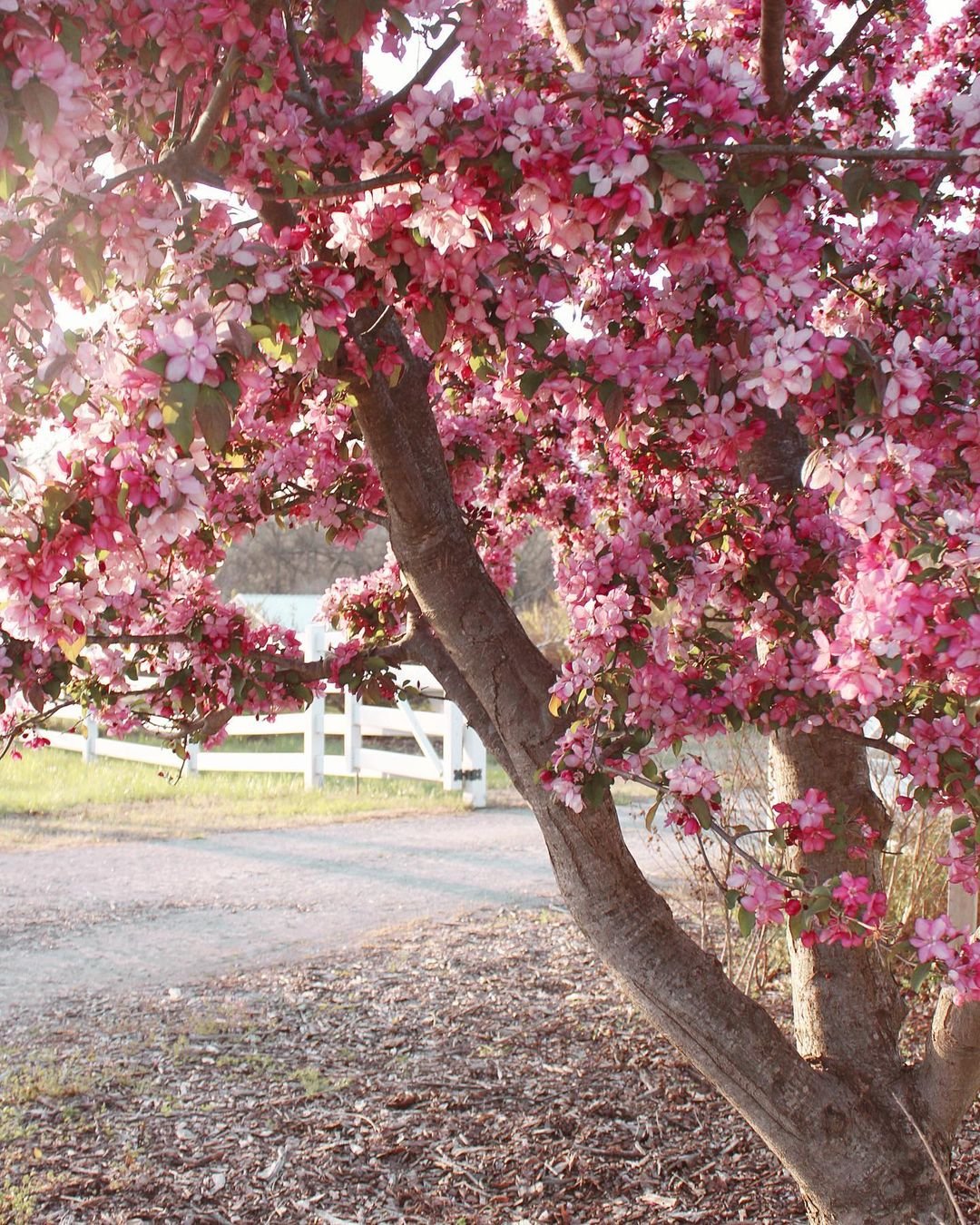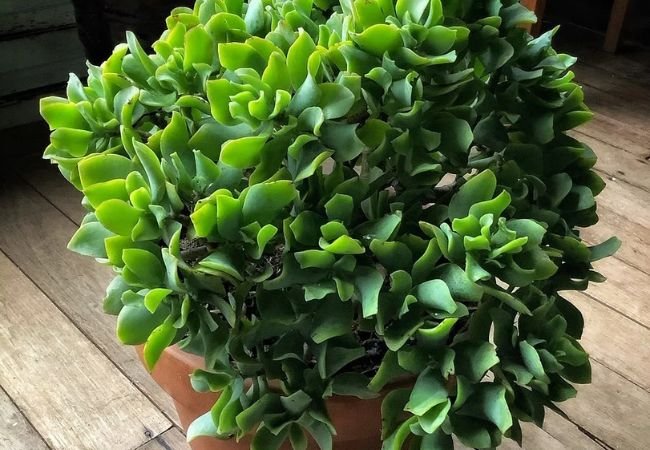Learn how to plant and care for the Robinson Crabapple Tree. Discover tips for ensuring its vibrant blooms and healthy growth in your garden.
The Robinson Crabapple Tree is a beautiful flowering tree that can add charm and color to any garden. This guide will help you learn how to plant and care for this lovely tree, ensuring it thrives in your yard.
Here’s a short information chart about the Robinson Crabapple tree:
| Feature | Details |
|---|---|
| Name | Robinson Crabapple |
| Scientific Name | Malus ‘Robinson’ |
| Native To | Cultivated variety; likely derived from wild crabapples |
| Appearance | Small deciduous tree with showy pink blossoms |
| Care | Requires full sun, well-drained soil, regular watering |
| Growth Habit | Compact and rounded |
| Uses | Ornamental, attracts pollinators, fruit for wildlife |
| Height/Spread | Typically 10-20 feet tall, spread similar to height |
| Special Features | Abundant spring blooms, edible small fruits |
What is a Robinson Crabapple Tree?

The Robinson Crabapple (Malus ‘Robinson’) is a type of ornamental apple tree. It’s known for its pink flowers that bloom in spring and small, dark red fruits that appear in fall. This tree can grow to be 15-25 feet tall and just as wide, making it a good choice for medium-sized gardens.
Why Choose a Robinson Crabapple?
- Beautiful blooms: The tree produces lots of pink flowers in spring.
- Fall color: Leaves turn orange-red in autumn.
- Wildlife friendly: Birds love the small fruits.
- Disease resistant: This variety is tougher than many other crabapples.
Planting Your Robinson Crabapple
Choosing the Right Spot
Robinson Crabapples need full sun to grow well. This means at least 6 hours of direct sunlight each day. They can grow in many types of soil, but they like it when water drains well.
When to Plant
The best time to plant is in spring or fall. These cooler seasons help the tree settle in before extreme temperatures arrive.
How to Plant
- Dig a hole twice as wide as the root ball and just as deep.
- Place the tree in the hole, making sure it’s straight.
- Fill the hole with soil, pressing down gently to remove air pockets.
- Water the tree well after planting.
Caring for Your Robinson Crabapple
Watering
Young trees need regular watering. Give them about an inch of water each week. Once established, they’re quite drought-tolerant.
Fertilizing
Feed your tree in early spring with a balanced fertilizer. Don’t overdo it – too much can harm the tree.
Pruning
Prune in late winter when the tree is dormant. Remove dead, diseased or crossing branches. This helps air flow through the tree and keeps it healthy.
Proper pruning techniques can help your tree look its best and stay healthy.
Pest and Disease Control
Robinson Crabapples are tough trees, but they can sometimes get:
- Apple scab: A fungal disease that causes dark spots on leaves.
- Fire blight: A bacterial disease that can kill branches.
- Japanese beetles: Insects that eat leaves.
To prevent these problems, keep your tree healthy with good care. If you see signs of disease, talk to a local garden expert.
Seasonal Care
Spring
- Enjoy the beautiful pink blooms!
- Apply fertilizer if needed.
- Watch for any pest or disease issues.
Summer
- Water during dry spells.
- Remove any suckers growing from the base of the tree.
Fall
- Appreciate the colorful leaves and small fruits.
- Clean up fallen leaves and fruits to prevent disease.
Winter
- Prune the tree when it’s dormant.
- Check for any damage from snow or ice.
Using Robinson Crabapples in Your Landscape
These trees are versatile and can be used in many ways:
- Focal point: Plant one as a stand-alone feature in your yard.
- Privacy screen: Plant several in a row to create a natural barrier.
- Street tree: They’re tough enough to handle life along the road.
- Wildlife garden: The fruits attract birds and other animals.
For more ideas on how to use crabapples in your landscape, check out this guide from the University of Illinois Extension.
Frequently Asked Questions
1. Are Robinson Crabapple fruits edible?
While not toxic, they’re very sour. They’re better for making jelly or leaving for wildlife.
2. How fast do these trees grow?
They grow at a moderate rate, about 13-24 inches per year.
3. Do I need to plant more than one for pollination?
No, Robinson Crabapples are self-fertile. One tree will produce fruit on its own.
4. How long do Robinson Crabapples live?
With proper care, they can live 30-70 years.
5. Can I grow this tree in a container?
It’s possible, but challenging. The tree would need a very large pot and extra care.
The Robinson Crabapple Tree is a beautiful and hardy choice for many gardens. With its spring flowers, fall fruits and year-round interest, it’s sure to be a standout in your landscape. By following this guide, you’ll be well on your way to growing a healthy, thriving Robinson Crabapple. Remember, the key to success is choosing the right spot, providing consistent care and addressing any issues promptly. Happy planting!
For more information on crabapple trees and their care, visit the Cornell Cooperative Extension website.








Leave a Reply